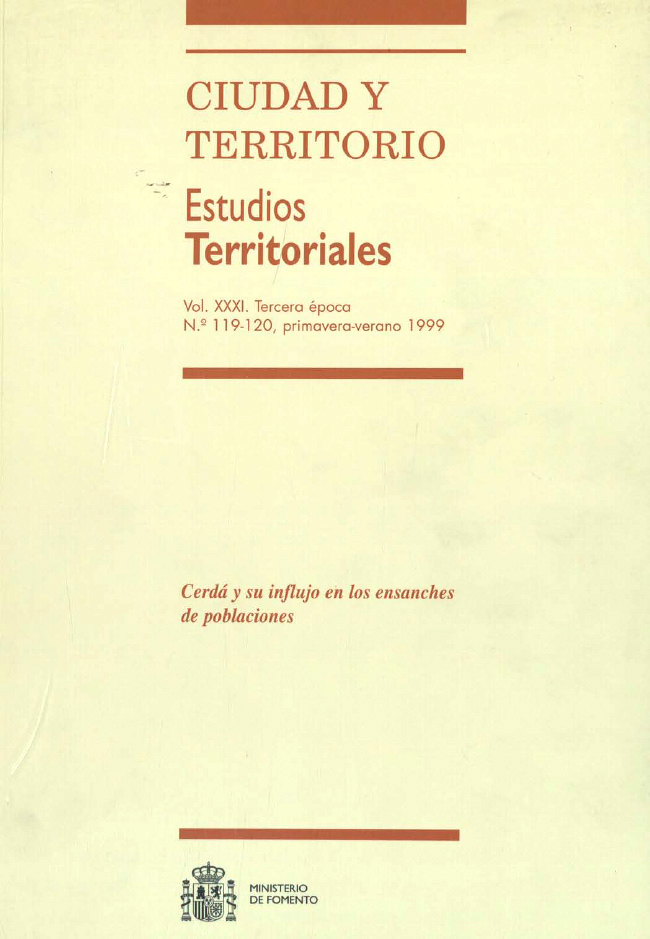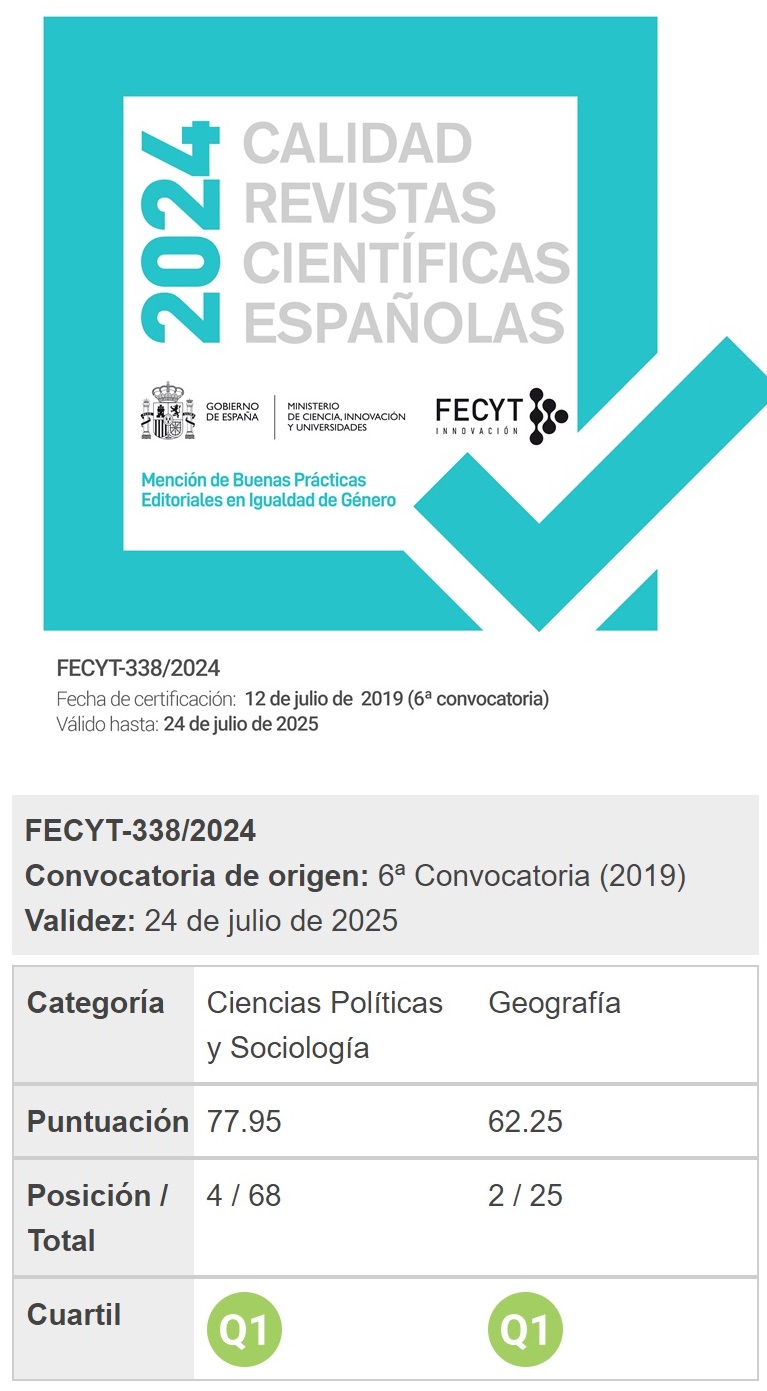Cerdà: Un puente entre dos civilizaciones
Palabras clave:
Cerdà, Ensanches urbanos, América, EspañaResumen
Reconocer la dimensión innovadora y pionera de Cerdà no es incompatible con admitir su pertenencia a una tendencia urbanística que se remonta a los procedimientos de la centuriatio romana y que prosigue en múltiples episodios ligados a las ciudades de fundación tanto de la Edad Media como de la Edad Moderna. Se suele señalar la deuda de Cerdà con la experiencia de la colonización española en Suramérica, pero se tiende a pasar por alto la influencia que sobre él pudo ejercer el proceso de construcción de ciudades en Norteamérica desde finales del siglo xvii. Ejemplos como los de Philadelphia, Savannah o New Ebenezer, poseen similitudes profundas con el modelo urbano de Cerdà en lo relativo a conceptos tales como linealidad, homogeneidad, regularidad, esponjamiento o nuclearidad. Otro filón importante para Cerdà es el de las grandes operaciones de la cultura ilustrada en la Europa de la segunda mitad del siglo xvm, como la Baixa de Lisboa, la New Town de Edimburgo o la Friedrichstadt de Berlín, ejemplos en los que la traza se basa en una regla propia y autónoma que exhibe su contraposición con el tejido denso y tortuoso de la ciudad heredada. Pero también cabe entender a Cerdà como un precursor de la urbanística moderna. Su interés por la escala territorial o su preocupación por conseguir una relación equilibrdada entre edificación y espacio libre le aproximan al ideario del Movimiento Moderno. Cerdà se separa de la retórica de la gran composición, propia del eclecticismo, para buscar una estructura urbana sin jerarquías ni sometimientos, en la que todos los elementos tiene un valor equivalente. Lo que aún hoy nos une a Cerdà es su concepción de la ciudad como proyecto capaz de definir un escenario para la vida humana acorde con la cultura de la época.
Descargas
Descargas
Publicado
Cómo citar
Número
Sección
Licencia
Derechos de autor 1999 Carlos Martí Arís

Esta obra está bajo una licencia internacional Creative Commons Atribución-NoComercial-SinDerivadas 4.0.
Sin perjuicio de lo dispuesto en la legislación vigente sobre Propiedad Intelectual, y conforme a la misma, el/la los/las autor/a/es/as que publiquen en CyTET cede/n a título gratuito, de modo no exclusivo y sin límite temporal al Ministerio de Transportes, Movilidad y Agenda Urbana los derechos para difundir, reproducir, comunicar y distribuir en cualquier formato actual o futuro, en papel o electrónico, la versión original o derivada de su obra bajo licencia de Creative Commons Reconocimiento-NoComercial-SinObraDerivada 4.0 Internacional (CC BY-NC-ND 4.0), así como para incluir o ceder a terceros la inclusión de su contenido en índices, repositorios y bases de datos nacionales e internacionales, con referencia y reconocimiento en todo caso de la autoría del mismo.
Además, al realizar el envío, el/la los/las autor/a/es/as declara/n que se trata de un trabajo original en el que se reconocen las fuentes que han sido utilizadas en su estudio, comprometiéndose a respetar la evidencia científica y a no modificar los datos originales para verificar o refutar una hipótesis de partida; que el contenido esencial del mismo no ha sido publicado previamente ni se publicará en ninguna otra obra o revista mientras esté en proceso de evaluación en la revista CyTET; y que no se ha remitido simultáneamente a otra publicación.
Los autores deben firmar un Formulario de Cesión de Derechos, que les será enviado desde la Secretaría de CyTET una vez se acepte su artículo para ser publicado.
Con el objetivo de favorecer la difusión del conocimiento, CyTET se adhiere al movimiento de revistas de Open Access (OA) y entrega la totalidad de sus contenidos a diversos índices, repositorios y bases de datos nacionales e internacionales bajo este protocolo; por tanto, la remisión de un trabajo para ser publicado en la revista presupone la aceptación explícita por parte del autor/a de este método de distribución.
Se anima a las/os autoras/es a reproducir y alojar sus trabajos publicados en CyTET en repositorios institucionales, páginas web, etc. con la intención de contribuir a la mejora de la transferencia del conocimiento y de la citación de dichos trabajos.








 Enlace a CyTET en Linkedin
Enlace a CyTET en Linkedin